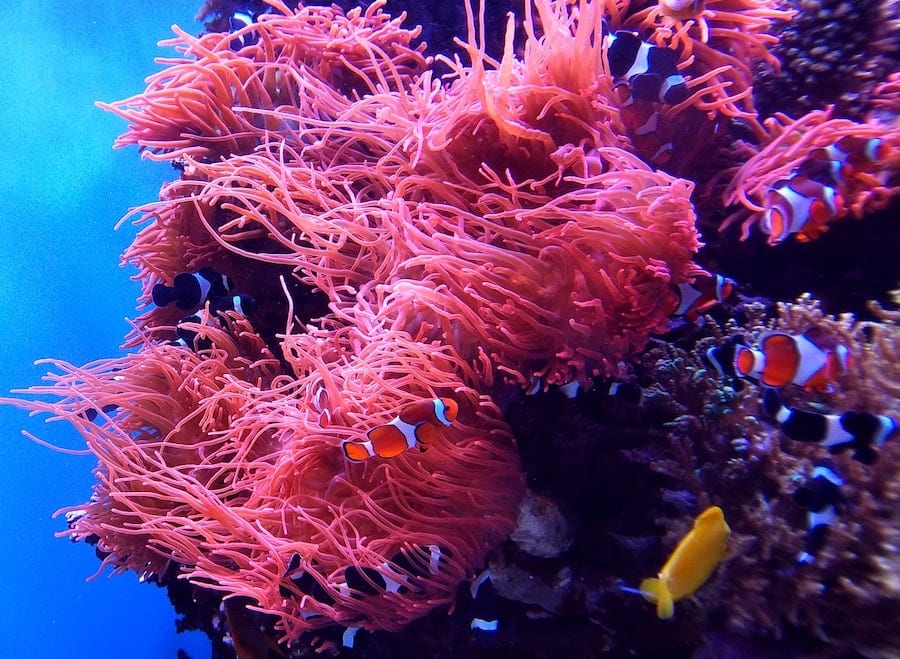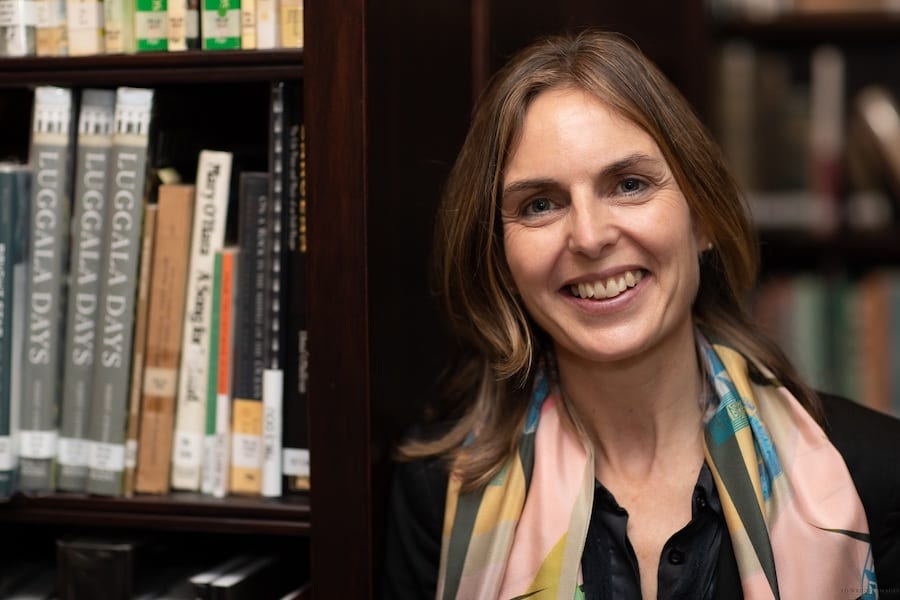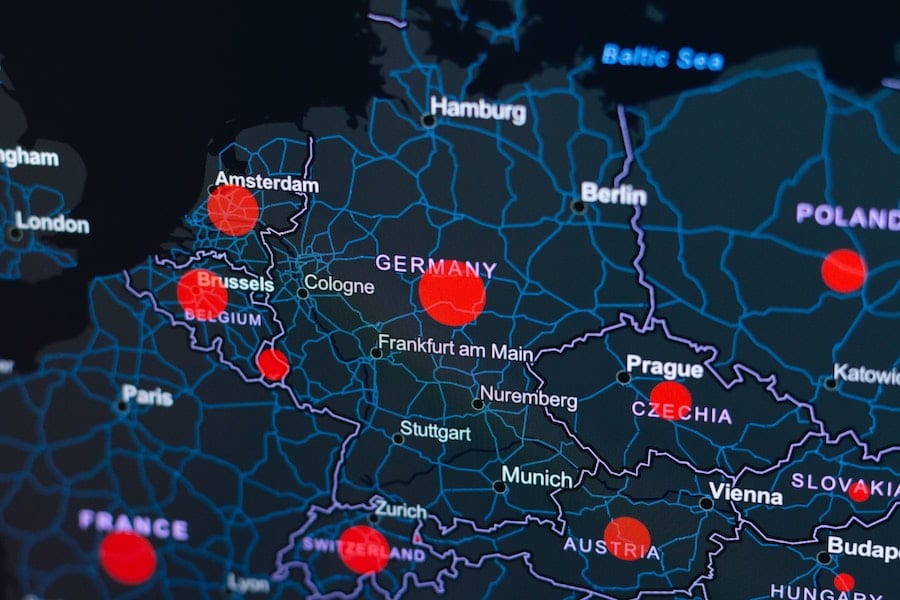The Prince Albert II of Monaco Foundation has joined Germany and the Paul G. Allen Family Foundation in contributing more than €10 million to the Global Coral Reef Fund, kickstarting an unprecedented campaign to finance the preservation and restoration of coral reefs.
The contributions were announced at the first Global Coral Reef Fund (GFCR) Board meeting this week and mark the launch of a fundraising campaign that will culminate at COP26 in Glasgow in November 2021.
Coral reefs, which support approximately one billion people worldwide, are among the most threatened ecosystems on the planet. It is estimated that more than half of the world’s coral reefs have disappeared due to climate change, overfishing and increasing local pressures. The decline of coral reefs can, however, be reversed by acting urgently to implement proven, large-scale projects.
“Coral reefs are one of the habitats most threatened by climate change. They make an important contribution to the biodiversity of our planet and to the protection of coasts,” said Dr Gerd Müller, German Federal Minister of Economic Cooperation and Development. “The establishment of the Global Fund for Coral Reefs is an important step towards the protection of these ecosystems.”
The GFCR is a blended finance mechanism that will use public and philanthropic funds to catalyse private investments in coral reef conservation and restoration. These initial contributions will be used to make the fund operational, develop a pipeline of eligible projects and implement the first promising projects. The GFCR Board of Directors reviewed and provided initial guidance on programming priorities at its inaugural meeting which ended on 28th January.
Initiated during a workshop organised in 2018 by the Principality of Monaco and the Paul G. Allen Family Foundation, the GFCR has since become a global partnership that includes Member States (Germany), philanthropic organisations (Paul G. Allen Family Foundation and the Prince Albert II of Monaco Foundation), United Nations agencies (UNDP, UNEP and UNCDF) and financial institutions (BNP Paribas and Mirova).
“We are pleased to join this world-class public-private partnership to change the trajectory of the coral reef crisis,” said Paul Keating, director of philanthropy at Vulcan Inc. on behalf of the Paul G. Allen Family Foundation. “This smart blended finance approach enables governments, philanthropy and private investors to work together to achieve a common goal: the sustainable conservation of coral reefs.”
Administered by the United Nations Multi-Partner Trust Fund Office, the GFCR is the first United Nations trust fund specifically dedicated to Sustainable Development Goal 14: Life Under Water, and the world’s first blended finance instrument dedicated to coral reefs. The fund responds to the “coral reef funding gap” and the fragmentation of funding for coral reef conservation and restoration projects.
“Home to 25% of the marine life and essential for a billion people in the world, the protection of coral reefs is vital to the survival of the planet,” said Olivier Wenden, Vice-President and Managing Director of the Prince Albert II of Monaco Foundation. “These ecosystems are facing unprecedented threats and significant loss. Without urgent action and rapid mobilisation of financial resources, coral reefs will experience even greater collapse.”
The GFCR is expected to mobilise US $125 million in grants and US $375 million in financing assets, which together will unlock more than US $2 billion in investments in coral reefs. The fund will demonstrate how a blended finance approach can mobilise resources to support communities dependent on coral reefs.
“Innovative financing for conservation is a central pillar of UNDP’s strategy,” said Haoliang Xu, UN Assistant Secretary-General and UNDP Director of Bureau for Policy and Programme Support. “Without nature, at least half of the SDG’s goals cannot be achieved and half of the world’s GDP depends on nature. As the United Nations’ first multi-partner trust fund for SDG14, the Global Coral Reef Fund will unlock private sector funding for conservation while helping countries rebuild and improve resilience to Covid-19 and other shocks.”
(Monaco Life with Prince Albert II of Monaco Foundation press release)
Photo by LI FEI on Unsplash
Prince's Foundation helps spearhead Coral Reef Fund



